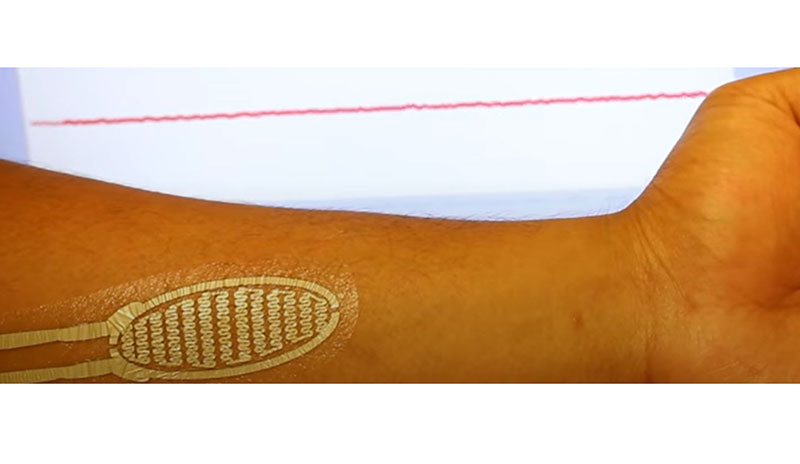In June, Google confirmed that it has acquired North, a Canadian augmented reality (AR) wearables company backed by Amazon and Intel. Although, Google didn’t share specifics about its plans for North’s technology, but Rick Osterloh – senior VP for devices and services at Google – said North’s technical expertise will “help as we continue to invest in our hardware efforts and ambient computing future.”
Now, according to CNet, Google has quietly been developing or funding, according to white papers and demo videos, in an effort to create the next generation of wearable technology devices. These next-gen devices may include a pair of sunglasses that project holographic icons, a smartwatch has a digital screen but analog hands, or a smart tattoo that turns your body into a virtual touchpad.
Read more Google Partnering with Adidas and EA Sports to Launch New Smart Insole that Tracks Soccer Skill

These projects reportedly came from Google’s Interaction Lab, an initiative aimed at intertwining digital and physical experiences. Here are some of the projects Alex Olwal, a senior Google researcher and the lab’s leader has been involved with for Google:
1D Eyewear
1D Eyewear is a pair of eyeglasses that pairs with an Android device and projects holographic icons and colored lights over a wearer’s eyes. When using a navigation app, the user sees a blinking yellow light above the left frame, which tells the user to turn left. A light above the right frame points the user in that direction. The glasses also has color-coded notifications for example, a flashing blue light means you’re getting a calendar reminder, yellow is for Gmail, and green is for chat or phone notifications.
Read more Google and Care AI Team Up for Autonomous Monitoring of Healthcare Facilities Using AI
SkinMarks
SkinMarks uses rub-on tattoos to transform your skin into a touchpad. The sensor-embedded tattoos are applied to a part of the body, like the ridge of a person’s knuckles or the side of a finger. Traditional touch or swipe gestures can trigger the sensors like you’d use on your phone. But there are also a few gestures that are more specific to working on the skin’s surface. You could squeeze the area around the tattoo or bend your fingers or limbs to activate the sensors.












